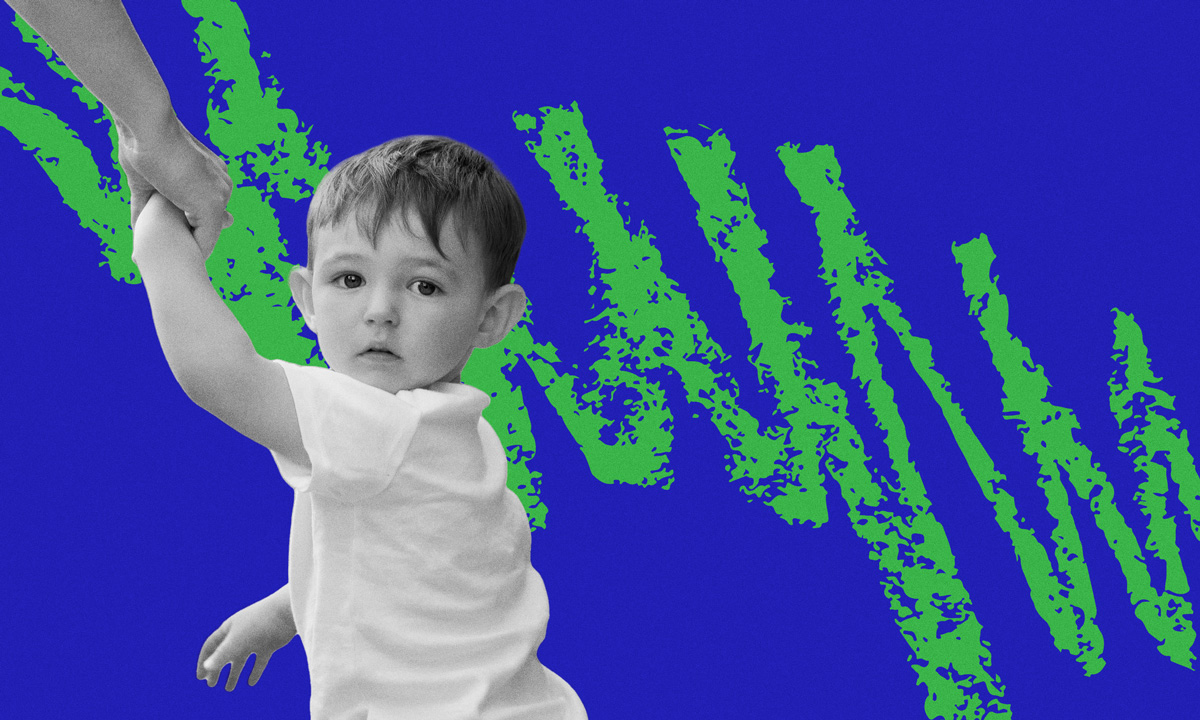Babies and Young American Children Suffer as U.S. Lags in Family Support
Here’s a look at where the federal benefit programs designed to support them succeed — and where they fall short.

Join our zero2eight Substack community for more discussion about the latest news in early care and education. Sign up now.
This roundup features a curated collection of stories on an important early care and education topic.
The United States has one of the highest child poverty rates among all developed countries. One in six American children under the age of 5 live in poverty, a higher rate than for any other age group. In 2022, the U.S. ranked at 38 out of 40 countries, bested not just by countries known for robust safety nets like Finland and Denmark but also Slovenia, Russia and Mexico.
The reality of such a high poverty rate among the youngest and most vulnerable Americans is the result of policy choices. Research has found that it’s not because the U.S. has higher rates of single parenthood or because low-income Americans don’t work hard enough for a decent income. Instead, where other countries make robust investments in government programs, particularly those that benefit parents and children, the U.S. spends far less. And yet poverty has been found to have catastrophic effects on children’s development and well-being. The stories below expose the result of this disinclination to invest in families with babies and young children — as well as what happens when efforts to do things differently are abruptly abandoned.
Various data sources all illuminate the same trend: homelessness among children under age 6 has been climbing in recent years, driven by a mix of systemic factors, with disturbing consequences for the country’s children.
During the pandemic, universal, free school meals were a lifesaver for parents like Lynnea Hawkins, who no longer had to pull together complicated paperwork and send it in with her son, making him a target for torment. But then Congress ended the program, forcing parents to once again face shame and stigma to participate — or forego free meals for their children altogether.
Even when Congress passes a new program aimed at helping families afford the basics for their children, it doesn’t always reach them. Erika Marquez’s family was eligible for the new Summer EBT benefits rolled out in 2024 to help parents get through the lean summer months, but her husband couldn’t figure out how to sign up, so they missed out. “It’s just hard when you hear your child say, ‘Mom, my stomach is rumbling,’” she said.
Even long-established programs with solid track records aren’t always safe. At the end of 2023, the Special Supplemental Nutrition Program for Women, Infants and Children, known as WIC, needed more money to stay available to all low-income pregnant people and new parents, but Republicans threatened to break a 25-year track record of fully funding it.
The often threadbare American safety net leads to some disturbing outcomes, such as the fact that nearly half of our nation’s families are struggling to afford diapers. Some change their children less often than they should to make the diapers they do have last, while others go without diapers at all.
Some states have taken bold steps to do more to address child poverty. In 2021, Connecticut became the first state to create “baby bonds,” depositing $3,200 in an account for every baby whose birth is covered by Medicaid so that it can accrue interest and create wealth for them later in life.
Get stories like these delivered straight to your inbox. Sign up for The 74 Newsletter


;)
